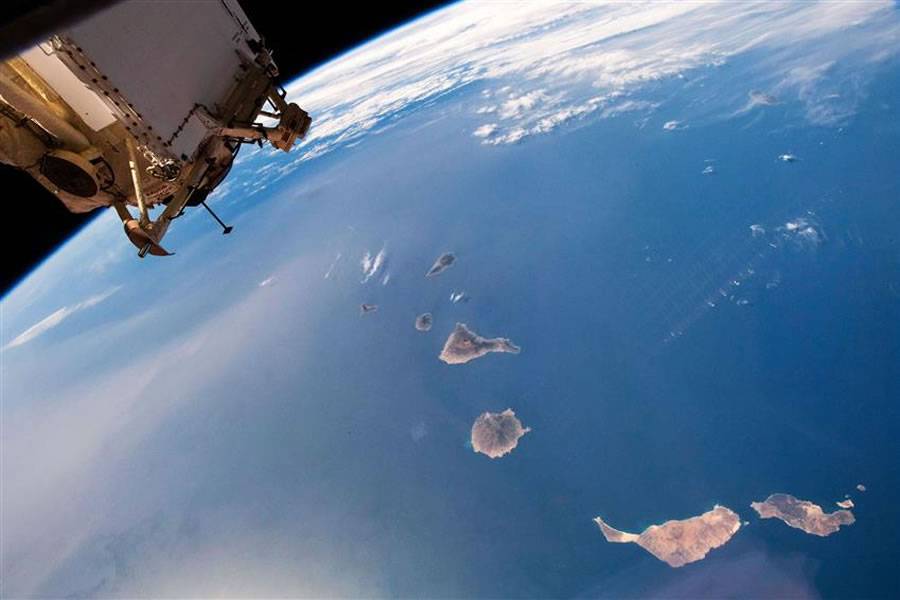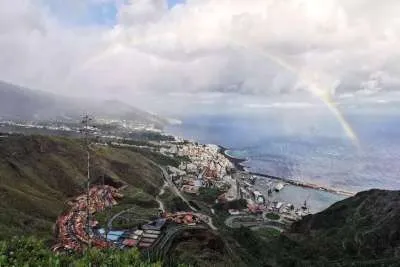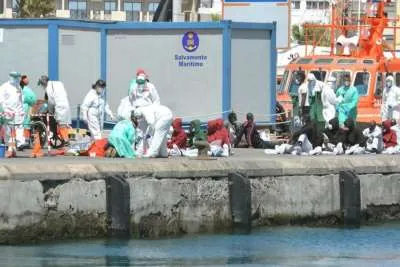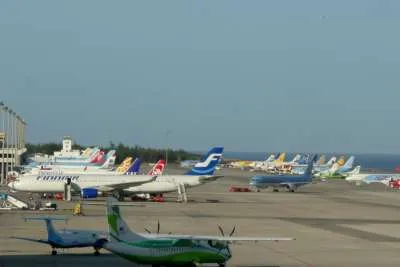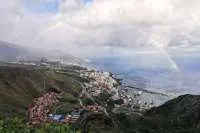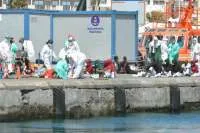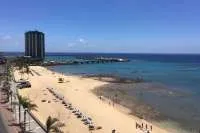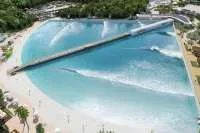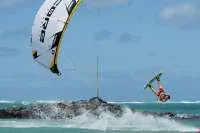New study shows that 18,000 years ago two Canary Islands were one land mass
- 22-07-2024
- Travel
- Canarian Weekly
- Photo Credit: Nasa
Recent studies have revealed that around 18,000 years ago, two of the Canary Islands, Lanzarote and Fuerteventura, were once a single landmass, but this connection was severed as sea levels rose.
Dr. Francisco García-Talavera Casañas, a biologist with a PhD from the University of La Laguna and an esteemed geologist and palaeontologist, revealed these findings during a presentation at Campus África.
Held at the Real Sociedad Económica del País de Tenerife, his talk focused on the Macaronesia region, which includes the Canary Islands, and its oceanic volcanic origins. These islands emerged from the seafloor due to successive volcanic eruptions.
Dr. García-Talavera emphasised that during the last glacial period, about 18,000 years ago, the sea level was approximately 120 metres lower than it is today. This lower sea level meant that there were more landmasses between the Canary Islands and Portugal, and crucially, Lanzarote and Fuerteventura were united. The rise in sea level following the glacial period led to their separation.
Fuerteventura is the oldest of the Canary Islands, with a geological history spanning over 23 million years. Like the rest of the Macaronesian islands, it formed through multiple volcanic eruptions.
The colonisation of the Canary Islands occurred gradually. Life arrived via airborne pollen, small insects, and the first flying mammals such as bats. Marine currents also played a significant role in bringing various forms of life to the islands, facilitating the development of their unique ecosystems.
These geological insights not only shed light on the ancient connections between the Canary Islands but also highlight the dynamic nature of our planet’s history. The findings presented by Dr. García-Talavera offer a fascinating glimpse into the past, illustrating the profound changes that have shaped the islands over millennia.
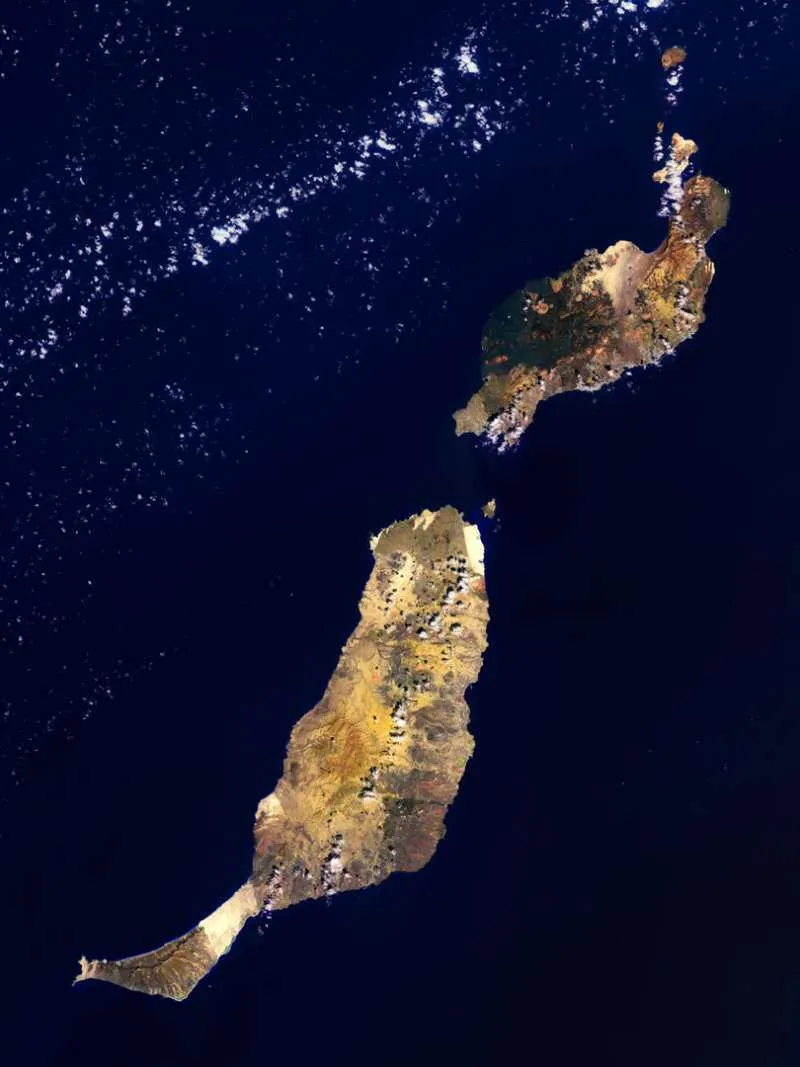
Other articles that may interest you...
Trending
Most Read Articles
Featured Videos
A Vision of Elvis Tenerife Promo
- 10-05-2025
Tenerife Travel Guide
- 13-12-2024
Live webcam from Lanzarote airport
- 13-12-2024


